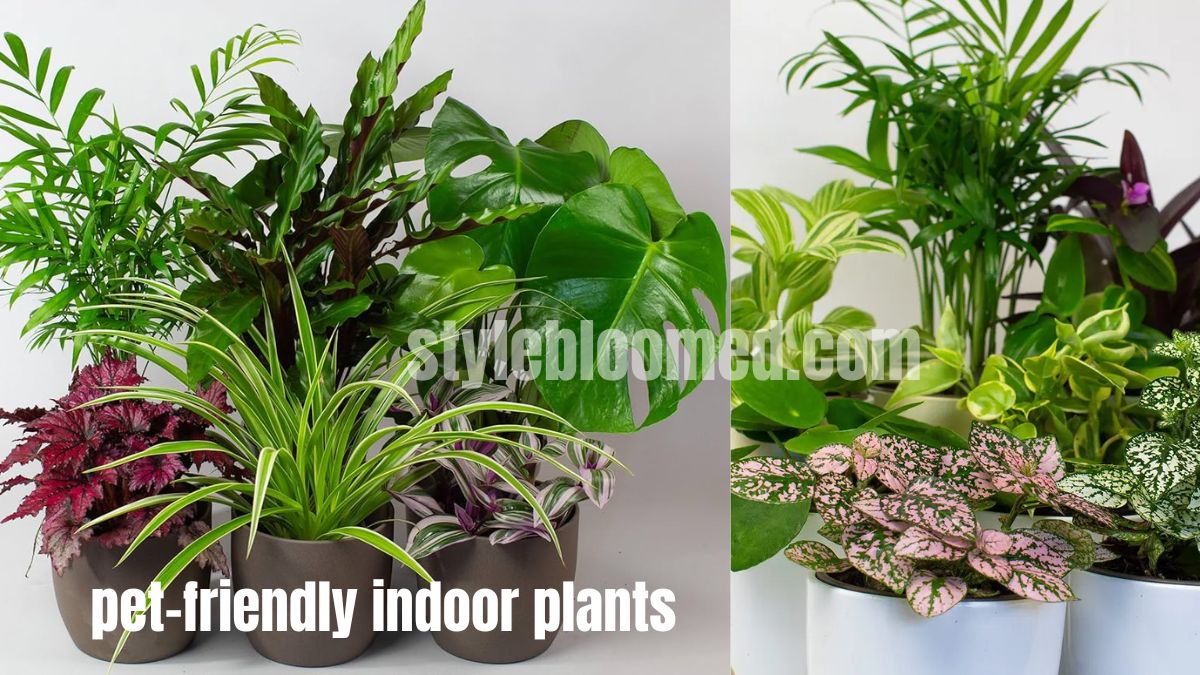Pet-friendly indoor plants are houseplants that are non-toxic to cats, dogs, and other common household pets. These plants allow pet owners to enjoy the beauty and health benefits of greenery without the worry of potential harm to their furry companions. Unlike many traditional houseplants that may contain substances dangerous to animals, pet-friendly options are safe if nibbled, sniffed, or knocked over. They’re ideal for creating a lush home environment that supports both plant life and pet wellness.
Imagine transforming your living space into a calming green oasis—without the stress of pet-proofing or constant plant care. These plants not only survive but thrive with minimal attention, making them perfect for busy lifestyles, apartment living, or first-time plant parents. Think low maintenance, high impact, and zero guilt when your cat decides to take a curious bite.
What makes pet-friendly indoor plants even more irresistible is their variety and charm. From cascading spider plants to colorful calatheas, these botanical beauties offer aesthetic appeal while keeping your home toxin-free. Whether you’re building a full indoor jungle or just want a splash of greenery near your windowsill, these plants are a worry-free way to bring nature inside.
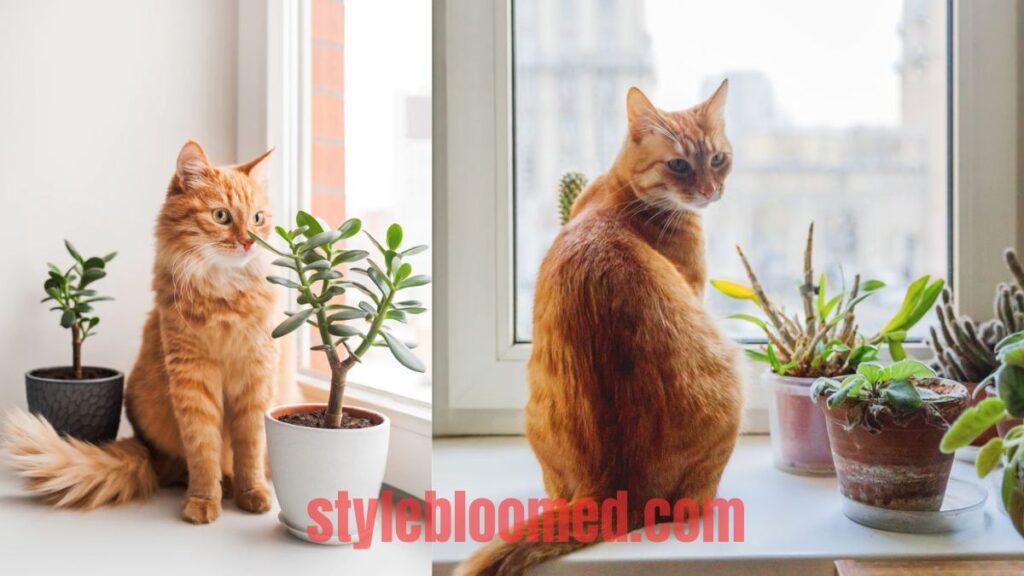
What Makes a Plant Toxic to Pets?
Some plants that look innocent can wreak havoc on your pet’s system. Many houseplants contain natural chemicals to deter insects or herbivores, but these same compounds can cause serious health issues for cats and dogs.
Common Toxic Compounds
| Toxin Type | Harmful Effects in Pets | Common Symptoms |
|---|---|---|
| Oxalates | Irritation to mouth/throat | Drooling, pawing at mouth |
| Saponins | Gastrointestinal distress | Vomiting, diarrhea |
| Alkaloids | Neurological or liver effects | Seizures, lethargy |
| Essential Oils | Liver damage | Weakness, tremors |
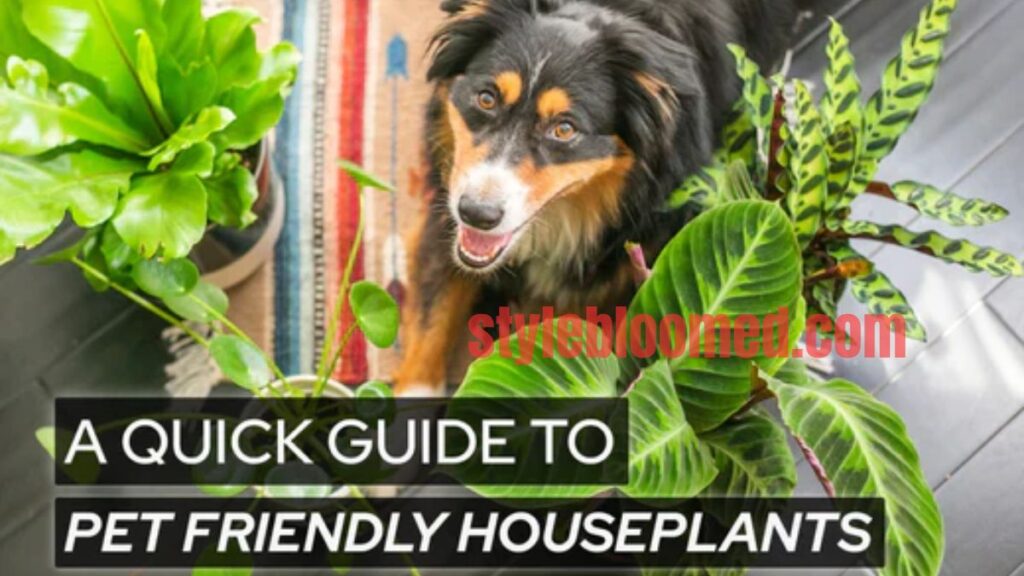
15 Low Maintenance Houseplants That Are Pet-Friendly
These non-toxic indoor plants are not only safe for cats and dogs, but they also thrive with minimal attention—perfect for anyone without gardening experience.
Spider Plant (Chlorophytum comosum)
- Light: Bright, indirect light
- Water: Every 1–2 weeks
- Why it’s great: Tolerant of neglect, propagates easily
- Pet-safe? ✅ Yes
With its ribbon-like leaves and swooping shape, the Spider Plant is a classic. It’s an air purifying powerhouse and great for hanging baskets.

Parlor Palm (Chamaedorea elegans)
- Light: Low to medium light
- Water: Weekly
- Why it’s great: Elegant fronds, shade tolerant
- Pet-safe? ✅ Yes
This hard-to-kill indoor plant brings tropical vibes to even the dimmest corners. Its slow growth makes it perfect for small spaces.
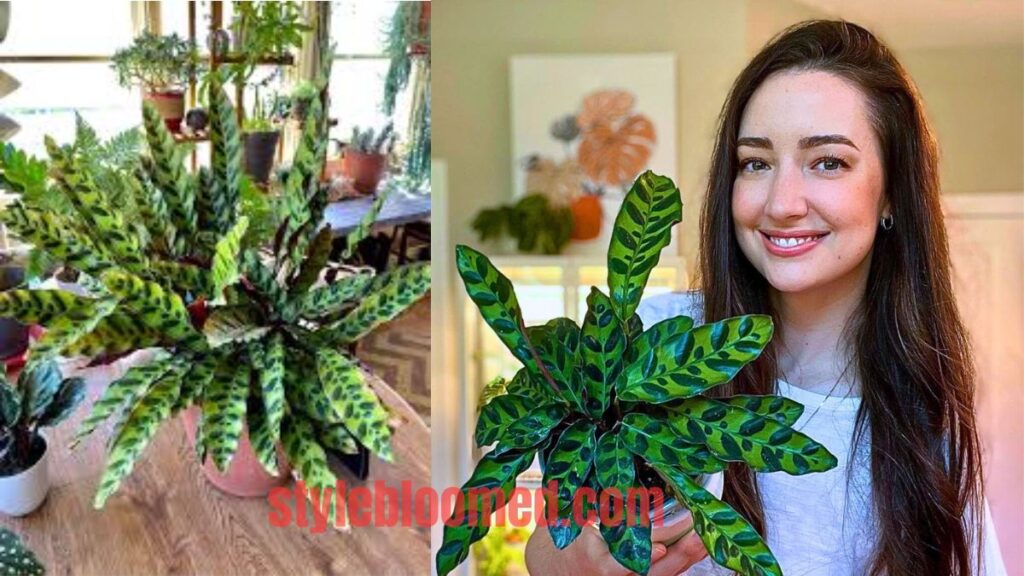
Calathea Rattlesnake (Calathea lancifolia)
- Light: Bright, indirect light
- Water: Keep soil moist, not soggy
- Why it’s great: Bold patterns, leaf movement due to circadian rhythm (nyctinasty)
- Pet-safe? ✅ Yes
Its wavy, patterned leaves are visually striking. It thrives in high humidity, making it perfect for bathrooms.
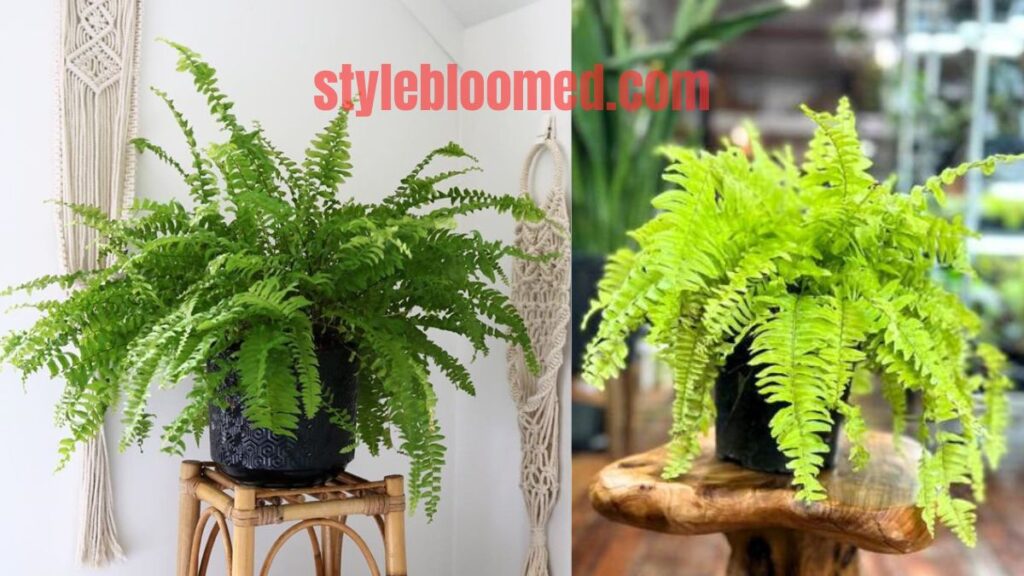
Boston Fern (Nephrolepsis exaltata ‘Bostoniensis’)
- Light: Bright, indirect light
- Water: Keep consistently moist
- Why it’s great: Dense fronds, air purifying
- Pet-safe? ✅ Yes
This fern thrives in moisture and makes a statement in hanging baskets. Just mist it regularly to prevent leaf burn.
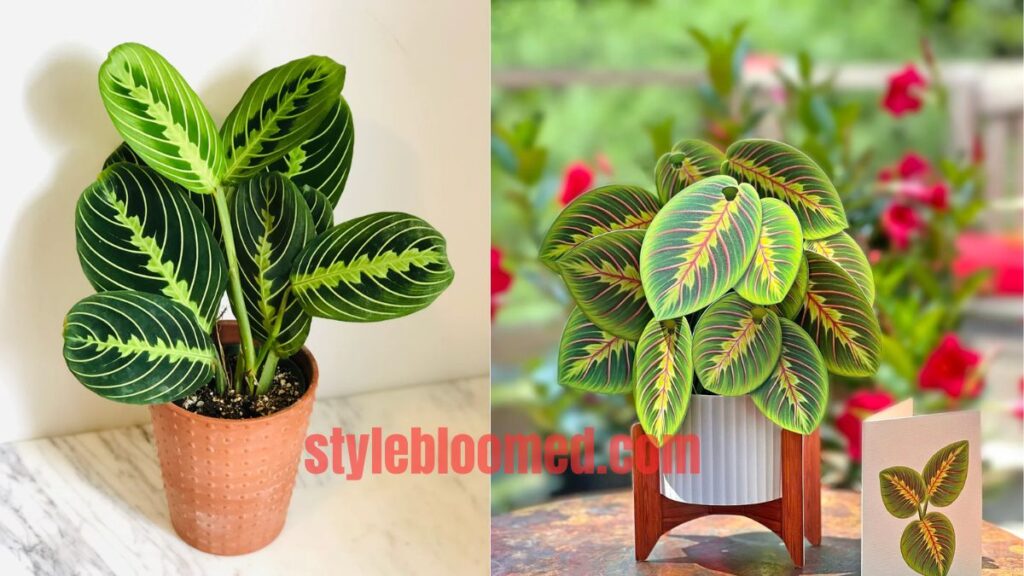
Maranta Prayer Plant (Maranta leuconeura)
- Light: Medium to low light
- Water: Moist soil, loves humidity
- Why it’s great: Nyctinasty (moves at night), colorful veins
- Pet-safe? ✅ Yes
Named for its habit of folding its leaves like praying hands at night, this plant offers movement and beauty without any risk to pets.

Baby’s Tears (Soleirolia soleirolii)
- Light: Bright, indirect
- Water: Likes moisture
- Why it’s great: Moss-like ground cover, ideal for terrariums
- Pet-safe? ✅ Yes
Dense mats of tiny, vibrant green leaves give this plant a plush look. Just don’t let it dry out completely.
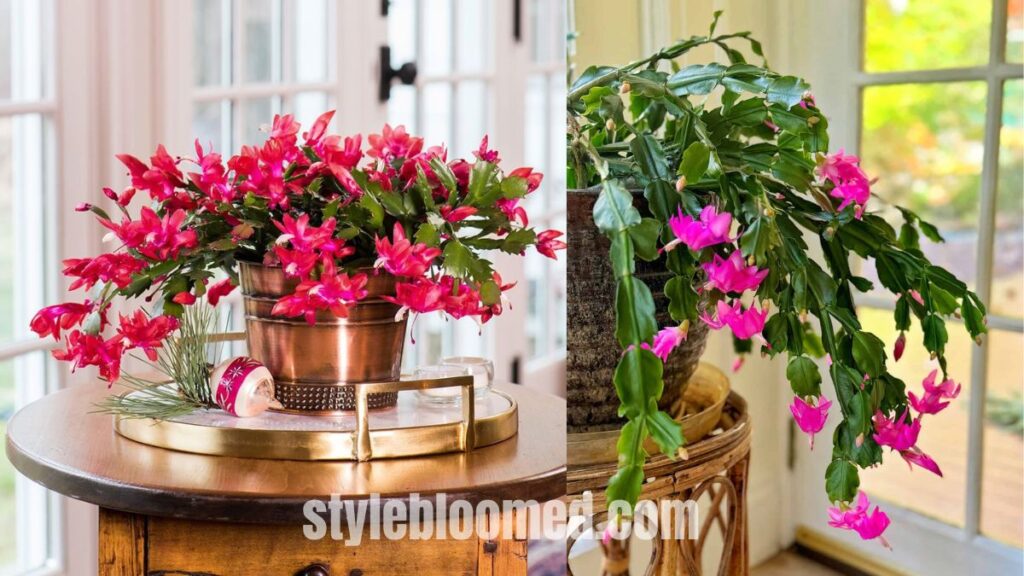
Holiday Cactus
Includes:
- Thanksgiving Cactus (Schlumbergera truncata)
- Christmas Cactus (Schlumbergera bridgesii)
- Easter Cactus (Rhipsalidopsis gaertneri)
- Light: Bright, filtered light
- Water: When topsoil is dry
- Why it’s great: Colorful blooms, survives neglect
- Pet-safe? ✅ Yes
Unlike many colorful plants, these contain no chromatic toxins. They’re low-care houseplants that bloom seasonally and thrive in containers.
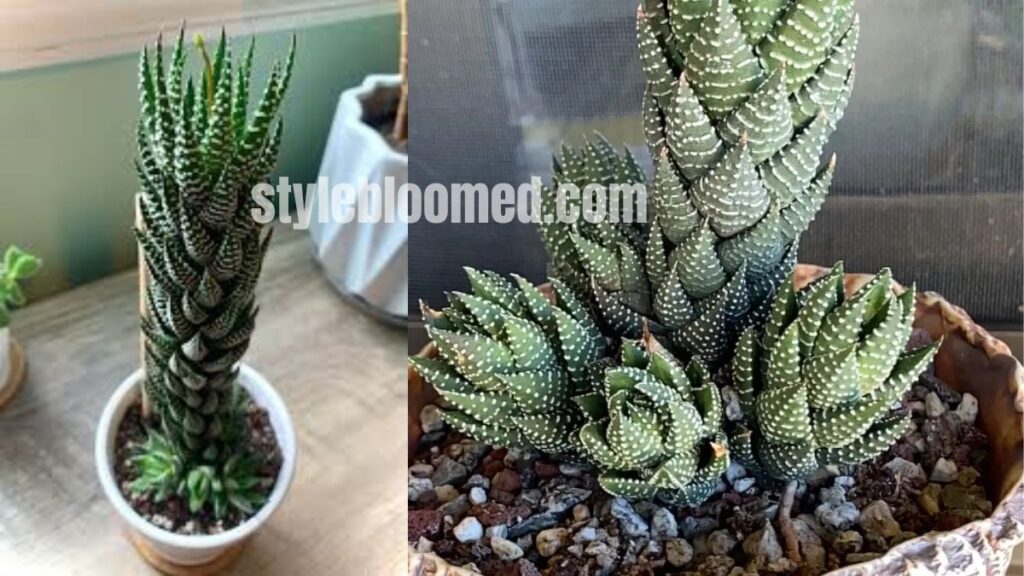
Zebra Haworthia (Haworthia fasciata)
- Light: Bright light to full sun
- Water: Let soil dry out completely
- Why it’s great: Succulent, super resilient
- Pet-safe? ✅ Yes
Most succulents aren’t pet-safe, but this one’s the exception. Compact and architectural, it’s perfect for desks and windowsills.
Friendship Plant (Pilea involucrata)
- Light: Low to medium light
- Water: Moderate, likes humidity
- Why it’s great: Textured fuzzy leaves, easy to propagate
- Pet-safe? ✅ Yes
With its quilted leaves and soft feel, this plant adds texture and charm. A good pick for terrariums or group plantings.
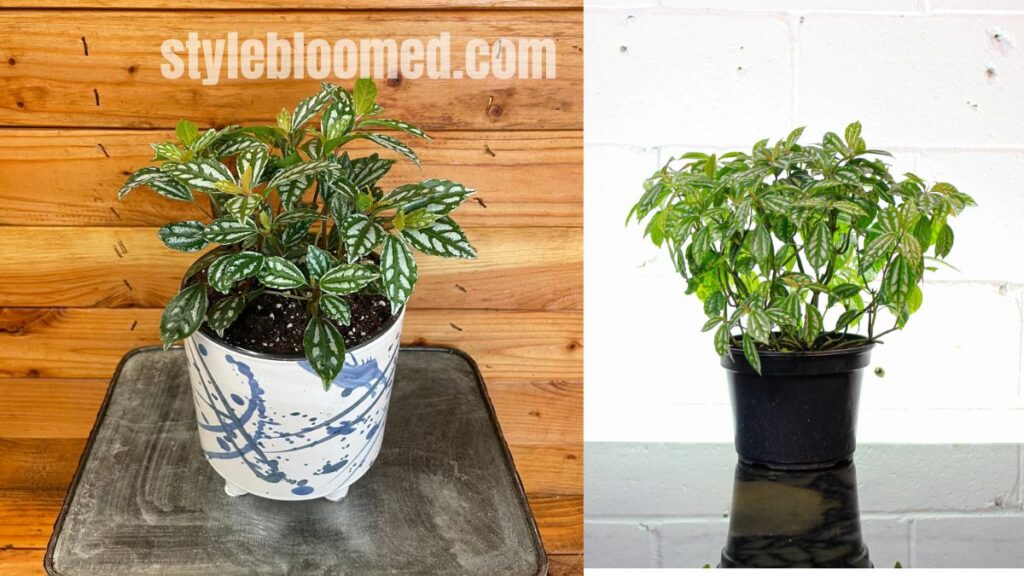
Aluminum Plant (Pilea cadierei)
- Light: Bright, indirect
- Water: Keep soil evenly moist
- Why it’s great: Metallic leaves, fast-growing
- Pet-safe? ✅ Yes
Its silver-splashed leaves shimmer in light. Keep it trimmed to encourage bushier growth.

Peperomia (Peperomia spp.)
- Light: Medium to bright, indirect light
- Water: Let soil dry halfway
- Why it’s great: Dozens of varieties, hard to kill
- Pet-safe? ✅ Yes
This low maintenance houseplant is a compact choice with oval leaves, some with a hint of red or silver. It’s drought-tolerant and easygoing.

Ponytail Palm (Beaucarnea recurvata)
- Light: Bright, indirect light
- Water: Every 2–3 weeks
- Why it’s great: Stores water in trunk, drought tolerant
- Pet-safe? ✅ Yes
Despite its name, it’s not a true palm. Its rope-like tendrils and bulbous base give it a sculptural look.

Areca Palm (Dypsis lutescens)
- Light: Bright, filtered light
- Water: When soil is 50% dry
- Why it’s great: Elegant air purifying fronds
- Pet-safe? ✅ Yes
A staple of tropical interiors, the Areca Palm is soft on the eyes and gentle on pets. It’s ideal for large pots in living rooms.
Cast Iron Plant (Aspidistra elatior)
- Light: Low light to shade
- Water: Allow soil to dry out
- Why it’s great: Resilient, tolerates neglect
- Pet-safe? ✅ Yes
As tough as its name suggests, this plant is one of the most durable greenery options for homes. Great for forgetful plant parents.
Tips for Keeping Your Indoor Jungle Pet-Safe
Even pet-friendly indoor plants can cause issues if your pet overeats them or digs in the soil. Here’s how to keep the peace:
Smart Setup Tips
- Use hanging baskets or high shelves for vulnerable plants.
- Choose heavier pots or plant stands to avoid tipping.
- Cover soil with decorative pebbles to prevent digging.
- Avoid fertilizers with animal byproducts.
Watch Your Pet’s Behavior
- Some pets chew out of boredom or curiosity.
- Train pets to avoid plant areas.
- Use bitter-tasting (pet-safe) deterrents on leaves.
Quick Reference Table: Pet-Friendly Plants at a Glance
| Plant Name | Botanical Name | Pet-Safe | Light Needs | Watering |
|---|---|---|---|---|
| Spider Plant | Chlorophytum comosum | ✅ Yes | Bright, indirect | Weekly |
| Parlor Palm | Chamaedorea elegans | ✅ Yes | Low to medium | Weekly |
| Calathea Rattlesnake | Calathea lancifolia | ✅ Yes | Indirect light | Moist soil |
| Boston Fern | Nephrolepsis exaltata | ✅ Yes | Bright, indirect | Keep moist |
| Maranta Prayer Plant | Maranta leuconeura | ✅ Yes | Medium light | Moist soil |
| Baby’s Tears | Soleirolia soleirolii | ✅ Yes | Indirect | Moist soil |
| Holiday Cactus | Schlumbergera spp. | ✅ Yes | Filtered light | Light watering |
| Zebra Haworthia | Haworthia fasciata | ✅ Yes | Bright sunlight | Infrequent |
| Friendship Plant | Pilea involucrata | ✅ Yes | Medium light | Moderate |
| Aluminum Plant | Pilea cadierei | ✅ Yes | Indirect | Even moisture |
| Peperomia | Peperomia spp. | ✅ Yes | Bright, indirect | Light watering |
| Ponytail Palm | Beaucarnea recurvata | ✅ Yes | Bright light | Every 2–3 weeks |
| Areca Palm | Dypsis lutescens | ✅ Yes | Filtered light | Moderate |
| Cast Iron Plant | Aspidistra elatior | ✅ Yes | Shade/Low light | Drought-tolerant |
FAQs: Pet-Safe Plants & Home Care
Can pets still get sick from eating non-toxic plants?
Yes. Even non-toxic or safe plants can cause stomach upset if overeaten. Always monitor your pet around plants.
Are any flowering plants safe for pets?
Absolutely. Holiday Cacti, African Violets, and Bromeliads are examples.
Do these plants help with indoor air quality?
Yes. Many on this list, like the Spider Plant and Parlor Palm, are known air purifiers.
Final Thoughts:
Bringing pet-friendly indoor plants into your home is a smart way to enjoy greenery without risking your pet’s health. These plants are safe, beautiful, and perfect for beginners. You don’t need a green thumb to keep them alive. Most of them need just a little light and water to grow well. They brighten up your space and clean the air too.
With so many pet-friendly indoor plants to choose from, there’s something for every home and style. Whether you like bold leaves, hanging vines, or small table plants, you’ll find the perfect match. Plus, your pets can roam freely without danger. Safe plants mean peace of mind. Add one or two to your space and see the difference they make—for you and your furry friend.

Alex King is the admin of StyleBloomed.com, making sure everything runs smoothly. He helps manage the website, keeps the content fresh, and ensures visitors have a great experience. With a passion for fashion and digital trends, Alex works behind the scenes to keep StyleBloomed.com stylish, user-friendly, and up to date.
